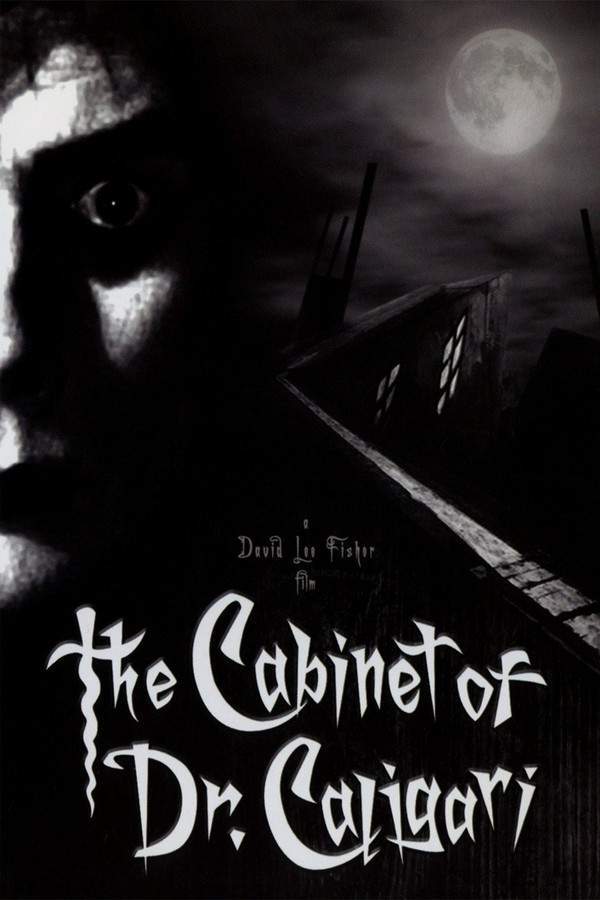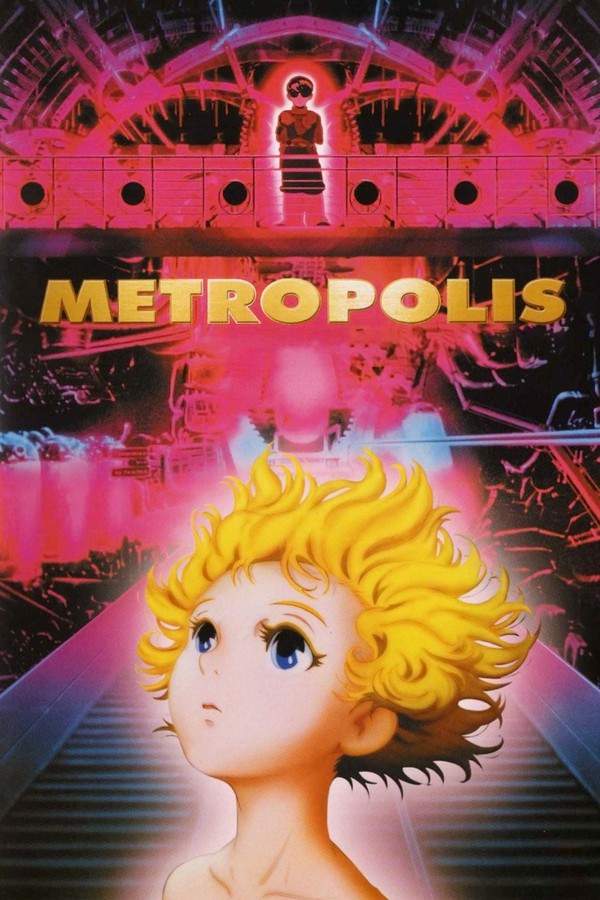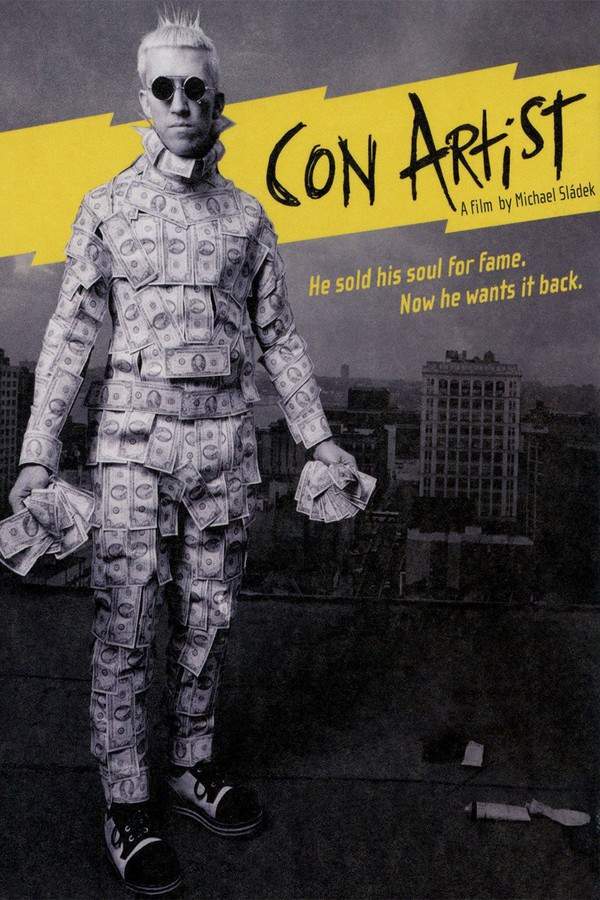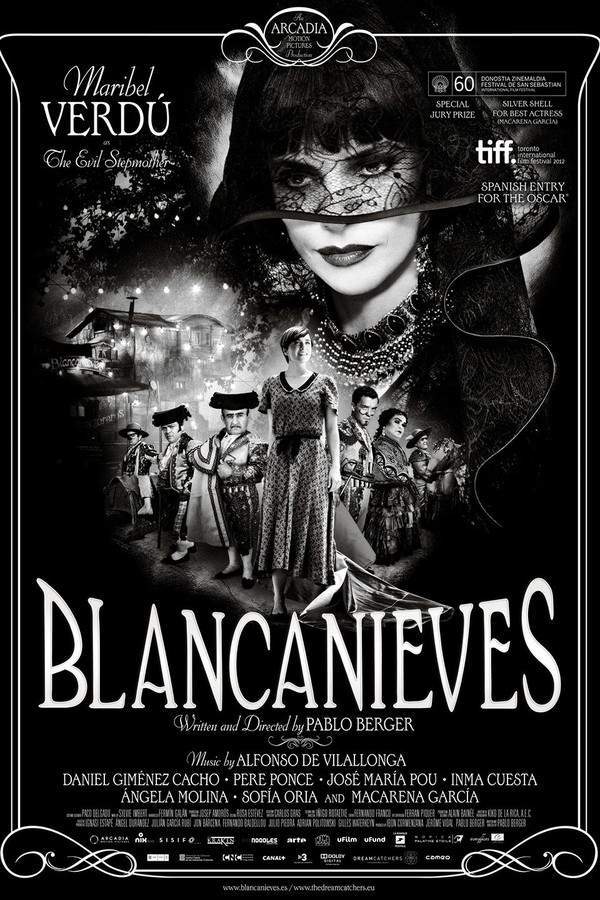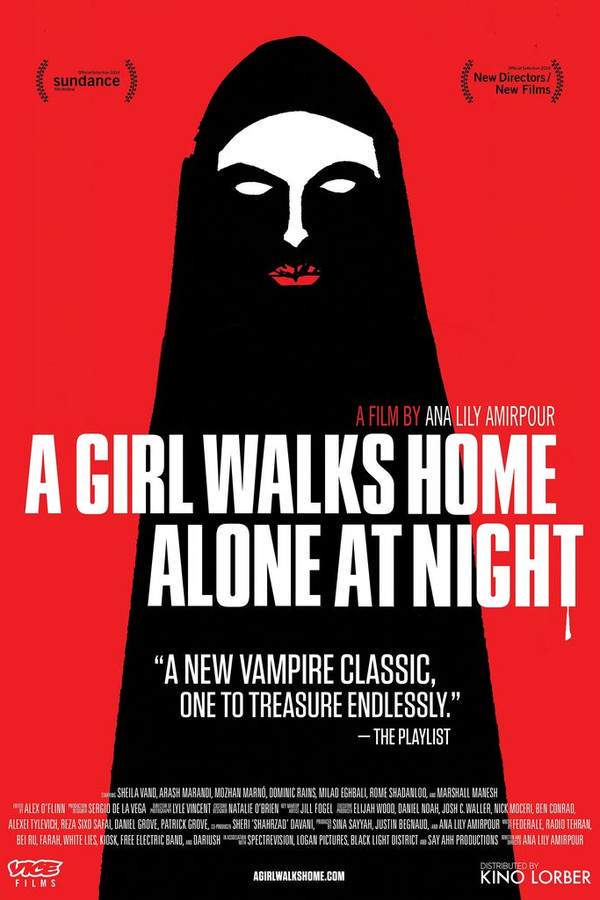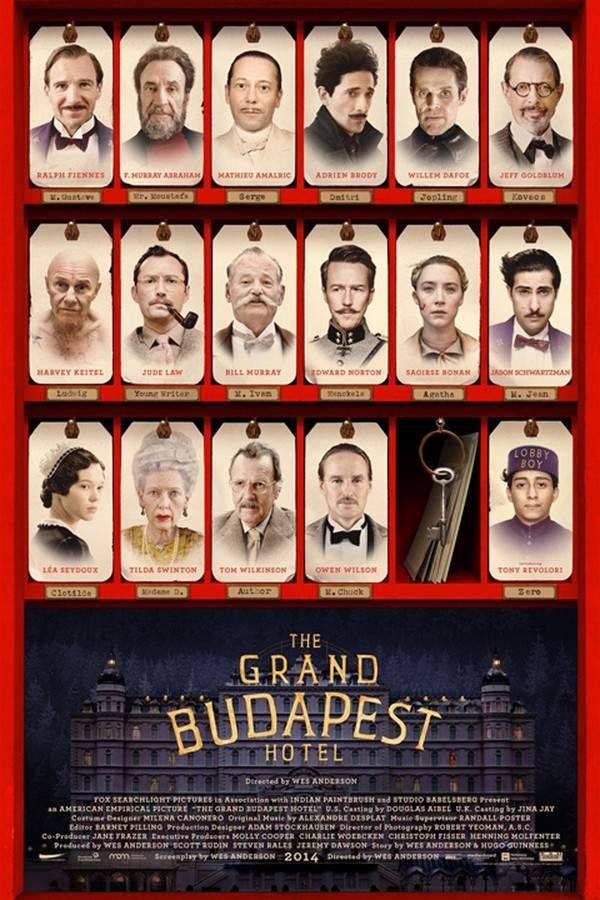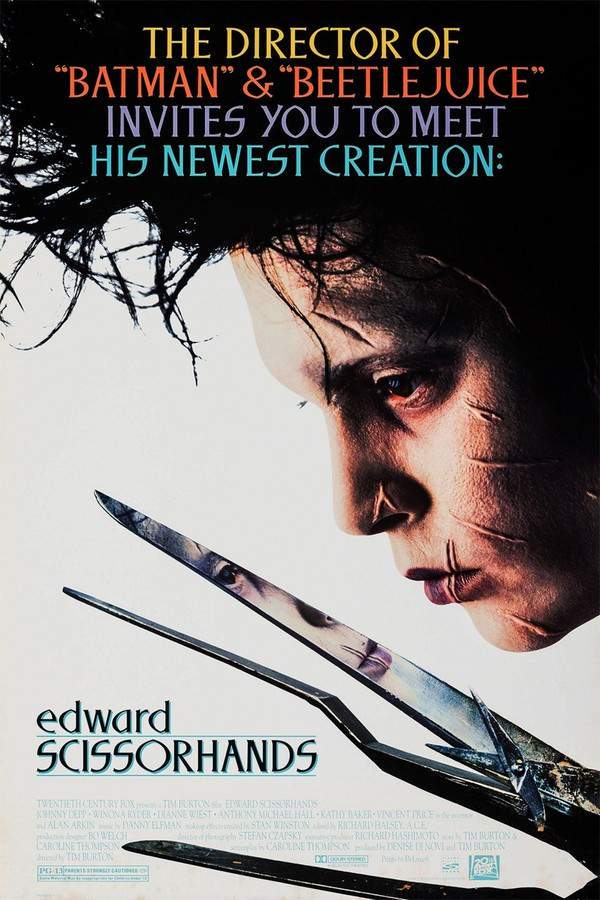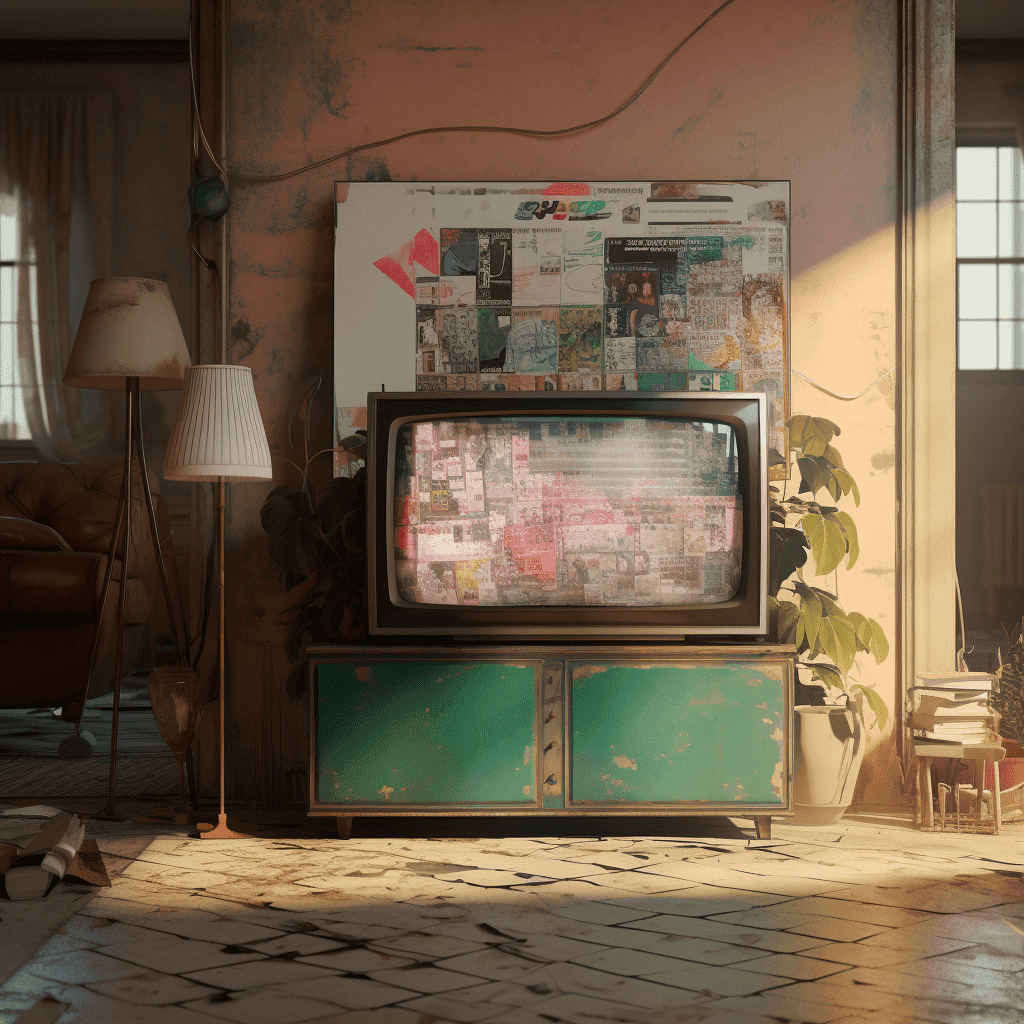What's After the Blog?
History • Cinema
The Renaissance of Silent Movies in Modern Cinema
Discover the intriguing resurgence of silent movies in modern cinema, exploring their unique storytelling and the enduring influence of silent film techniques in contemporary filmmaking.
March 4, 2024
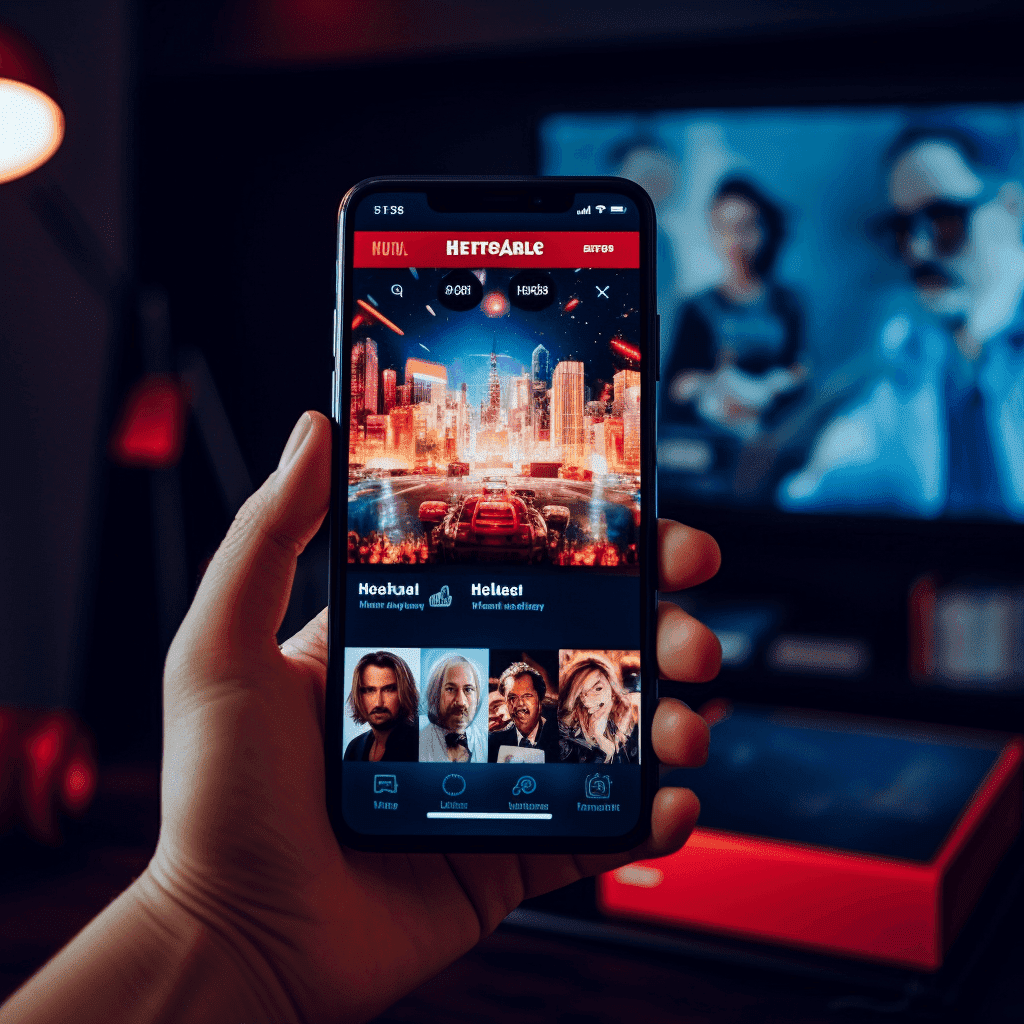
Movies mentioned in this article
The Renaissance of Silent Movies in Modern Cinema
Introduction: Silent Cinema’s Modern Comeback
The history of cinema began with silent films, a format that captivated audiences with its unique blend of visual storytelling, expressive performances, and evocative musical scores. In the early 20th century, silent cinema was the norm, with masterpieces like The Cabinet of Dr. Caligari (The Cabinet of Dr. Caligari) and Metropolis (Metropolis) setting high artistic benchmarks. However, with the advent of sound in movies, or “talkies,” in the late 1920s, the art of silent filmmaking gradually faded into the background. For decades, it seemed that silent films were a relic of the past, a nostalgic memory of cinema’s infancy. Yet, in recent years, there has been a surprising and significant resurgence of interest in silent films within the modern film industry.
This renaissance is not about merely replicating the style of early cinema but reinterpreting and reinventing it for contemporary audiences. Modern filmmakers are rediscovering the power of silent cinema’s pure visual storytelling, exploring its potential to convey narrative and emotion without spoken dialogue. They are drawing inspiration from the rich heritage of silent films, utilizing their techniques to create works that are both an homage to and an evolution of the original silent era. The success of films like The Artist (The Artist)—a modern silent film that won multiple Academy Awards—demonstrates the enduring appeal and relevance of the silent film format in today’s cinematic landscape.
Understanding the Appeal: Why Are Silent Films Making a Comeback?
“What is the appeal of silent movies in modern times?” This question resonates with both filmmakers and audiences as we witness the revival of the silent film genre. The appeal lies in the unique way silent films communicate storytelling. Without dialogue, these films rely heavily on visual expression, including the use of vivid imagery, expressive acting, and creative cinematography. This form of storytelling encourages viewers to engage more actively with the film, interpreting the narrative and emotions through the visuals presented to them. Silent films offer a different kind of cinematic experience, one that is more reflective and imaginative.
In an era where cinema is often dominated by fast-paced action and heavy dialogue, the quiet, contemplative nature of silent films offers a refreshing contrast. It’s a return to the roots of visual storytelling, where the image is king and every frame is a piece of art. This is not to say that modern silent films are simply a nostalgic throwback. On the contrary, contemporary filmmakers are innovating within the format, combining the aesthetic and narrative techniques of silent cinema with modern technology and sensibilities. Films like Blancanieves (Blancanieves), a Spanish black-and-white silent film, reinterprets the Snow White fairy tale in a new light, proving that silent films can still be vibrant and relevant.
Additionally, the resurgence of silent films is part of a broader trend in cinema that values diverse forms of storytelling. In
a globalized world, silent films transcend language barriers, making them universally accessible. This universality is particularly appealing in the international film market, where dialogue can often be a hindrance to global distribution and audience engagement. Silent films also offer a unique challenge and opportunity for actors and directors to convey emotions and narratives purely through visual means, leading to innovative and often groundbreaking filmmaking.
Moreover, the modern interest in silent films can be seen as a response to the sensory overload of contemporary life. In a world filled with constant noise and information, the quietude of silent cinema offers a form of visual meditation, a chance to slow down and engage with a more tactile and deliberate form of storytelling. This trend is a reminder of the enduring power of images and the fundamental principles of cinema as a visual medium.
In essence, the renaissance of silent movies in modern cinema is not just a revival of an old form but a celebration of the timeless art of visual storytelling. It is a testament to the enduring capability of film to adapt, evolve, and captivate audiences in myriad ways, regardless of the era. As we continue to explore the vast possibilities of cinema at What’s After the Movie, the resurgence of silent films stands as a compelling reminder of the medium’s roots and its continual evolution.
Key Elements of Silent Cinema in Modern Films
Silent cinema, characterized by its lack of synchronized spoken dialogue, relies heavily on other key elements to convey its stories. These elements, when skillfully utilized, can create a cinematic experience that is both profound and timeless. One of the most critical components is visual storytelling. In the absence of dialogue, the narrative must be carried through the visuals - the composition of each shot, the interplay of light and shadow, and the nuances of the actors’ performances. This emphasis on visuals harks back to the roots of cinema as a visual art form and challenges modern filmmakers to think creatively about how they convey their stories.
Another crucial element is expressive acting. Without spoken words, actors in silent films must rely on facial expressions, body language, and physicality to convey emotions and character development. This form of acting, often more theatrical and exaggerated than in talking films, requires a different set of skills and can be incredibly impactful. Modern films that incorporate silent cinema elements often celebrate this expressive form of acting, as seen in The Artist (The Artist) and A Girl Walks Home Alone at Night (A Girl Walks Home Alone at Night). Music and intertitles also play a significant role in silent films. Music, whether it’s a grand orchestral score or a minimalist piano piece, sets the tone and emotion of a scene. It guides the audience’s emotional response and complements the visual storytelling. Intertitles, used to convey dialogue and narrative information, are an art form in themselves. The design and timing of these titles can significantly affect the pacing and style of the film.
Modern filmmakers who embrace these elements of silent cinema are not merely replicating the techniques of the past; they are reinterpreting them in a contemporary context. By doing so, they are creating films that are both a nod to the cinematic past and a step towards new, innovative forms of storytelling.
The Challenges and Opportunities of Silent Filmmaking
Creating silent films in an era dominated by sound presents both challenges and opportunities for filmmakers. The primary challenge lies in the audience’s expectations. In a cinematic landscape saturated with dialogue-driven narratives, convincing modern viewers to engage with a silent film requires both courage and creativity. Filmmakers must find ways to make their silent films compelling and accessible to an audience that is not accustomed to this format. This often involves rethinking narrative structures, visual storytelling techniques, and marketing strategies.
However, these challenges also present unique opportunities. Silent films offer filmmakers a chance to explore the pure essence of cinema - its ability to tell stories through images and music alone. This exploration can lead to innovative filmmaking techniques and a deeper appreciation of the visual and auditory elements of cinema. Films like Blancanieves (Blancanieves) and The Artist (The Artist) demonstrate how modern silent films can captivate audiences, proving that the power of cinema does not solely reside in spoken words.
Furthermore, the resurgence of silent films provides opportunities for cultural and historical exploration. Many modern silent films are not only a tribute to the aesthetic of early cinema but also an exploration of the themes and contexts of the era. They offer a window into a bygone era, allowing audiences to
experience the world through the lens of silent cinema, while also providing commentary and insights relevant to contemporary society.
In addition, the creative constraints of silent filmmaking can lead to greater artistic freedom. Without the reliance on dialogue, filmmakers are pushed to find new ways to express ideas and emotions, often leading to groundbreaking visual techniques and storytelling innovations. This constraint can be a catalyst for creativity, pushing the boundaries of conventional filmmaking and exploring the medium in its purest form.
The revival of silent movies in the modern era, therefore, represents both a challenge to the norms of contemporary cinema and an opportunity to rediscover and reinvent the fundamental aspects of film as an art form. As we continue to explore the rich and diverse world of cinema at What’s After the Movie, the renaissance of silent films stands as a testament to the enduring power and versatility of visual storytelling.
Audience Reception: How Modern Viewers Relate to Silent Films
“How has the audience’s perception of silent movies changed over time?” This question is pivotal in understanding the renaissance of silent films in the modern era. Today’s audience, accustomed to dialogue-heavy and fast-paced movies, initially might find silent films to be an anachronism. However, there has been a growing appreciation for the art form, particularly among cinephiles and those who seek a deeper connection with cinema beyond the mainstream offerings. Silent films offer a different kind of cinematic experience, one that requires and rewards a more active form of viewing. Audiences are invited to interpret the story and emotions through the visuals and music, a process that can be both challenging and deeply rewarding.
The appeal of silent films to modern audiences also lies in their ability to provide a unique sensory experience. In a world where we are constantly bombarded with sound, the absence of dialogue and the emphasis on visual storytelling in silent films offer a respite, a chance to engage with a film on a more visceral level. This has been exemplified by the success of films like The Artist (The Artist), which managed to captivate contemporary audiences and critics alike, earning both commercial success and critical acclaim, including several Academy Awards.
Moreover, silent films have the power to transcend cultural and language barriers, making them universally accessible. This universality is especially appealing in today’s globalized world, where cinema is increasingly crossing geographical and cultural boundaries. Silent films speak a universal language of images and emotions, allowing them to reach a wider audience without the need for translation or dubbing.
The Role of Festivals and Independent Cinemas in Promoting Silent Films
Film festivals and independent cinemas play a crucial role in the revival and promotion of silent films. These platforms often champion non-mainstream cinema, including classic and modern silent films, providing them with the visibility and audience they might not otherwise receive. Film festivals, in particular, are instrumental in this regard. They not only screen silent films but also celebrate them through special events, retrospectives, and discussions, bringing them to the attention of film enthusiasts and industry professionals. This exposure can lead to wider distribution and greater public interest in silent cinema.
Independent cinemas, with their focus on artistic and culturally significant films, are natural allies in the promotion of silent movies. They provide a space for these films to be screened, often accompanied by live musical performances, which enhance the viewing experience and pay homage to the way silent films were originally presented. This combination of film and live music creates a unique and immersive cinematic experience, attracting audiences who seek something different from the standard multiplex offerings.
These festivals and independent cinemas not only contribute to the rediscovery of classic silent films but also provide a platform for new silent films to be showcased. By doing so, they help bridge the gap between the past and
present of cinema, allowing audiences to experience the evolution of film as an art form. They create opportunities for dialogue between filmmakers and audiences, fostering a deeper understanding and appreciation of silent cinema and its place in the contemporary cinematic landscape.
In essence, the role of festivals and independent cinemas is integral to the ongoing renaissance of silent movies. They serve as custodians of cinema’s history and as incubators for its future, ensuring that the art of silent film remains a vibrant and vital part of our cultural heritage. As we delve deeper into the world of cinema at What’s After the Movie, the support and promotion of silent films by these institutions remind us of the rich tapestry of cinematic forms and the endless possibilities of storytelling through film.
Notable Modern Silent Films
In recent years, several modern films have either embraced the silent film format or incorporated significant elements of it, breathing new life into this classic genre. These films stand out not just for their silence, but for their innovative storytelling and visual artistry. A prime example is The Artist (The Artist), a 2011 French romantic comedy-drama that pays homage to the silent film era. It’s a love letter to the classic age of Hollywood, shot in the style of a silent black-and-white film, and it beautifully captures the transition from silent to
talkies. The film’s success, including winning the Academy Award for Best Picture, marked a significant moment in the modern renaissance of silent cinema.
Another noteworthy film is A Girl Walks Home Alone at Night (A Girl Walks Home Alone at Night), an Iranian-American vampire Western that blends elements of silent cinema with a modern narrative. The film uses minimal dialogue and relies heavily on its atmospheric visuals and soundtrack to tell its story, proving that silent film techniques can effectively convey contemporary themes and aesthetics.
Blancanieves (Blancanieves), a Spanish black-and-white silent fantasy drama, is a reimagining of the Snow White fairy tale. Set in 1920s Seville, this film combines the silent film medium with rich storytelling and flamenco music, showcasing the versatility and emotional depth that silent films can achieve.
These films, among others, demonstrate that the language of silent cinema still resonates with modern audiences and filmmakers. They offer a unique cinematic experience, drawing viewers into their stories through powerful visuals and emotive scores, and stand as testaments to the enduring appeal of silent film storytelling in the modern era.
Silent Cinema Techniques in Mainstream Movies
The influence of silent cinema extends beyond films that are entirely silent. Many mainstream and contemporary movies borrow techniques from silent cinema to enhance their storytelling, using visual cues, exaggerated physical expressions, and non-dialogue-based narrative methods to communicate with their audience. These techniques can be seen in the work of directors like Wes Anderson and Tim Burton, who are known for their visually driven storytelling and distinctive aesthetic styles.
Wes Anderson’s The Grand Budapest Hotel (The Grand Budapest Hotel) showcases a unique visual style reminiscent of silent films, with its carefully composed shots, symmetrical framing, and expressive color palette. Tim Burton, in films like Edward Scissorhands (Edward Scissorhands), uses exaggerated set designs and character makeup, much like the expressionist silent films, to create a heightened reality and convey emotion visually.
Moreover, the use of intertitles, a common feature in silent films, has seen a resurgence in various forms. Many contemporary filmmakers use them creatively to provide narrative information, convey a character’s internal thoughts, or even as a stylistic element to evoke a certain mood or era.
The integration of silent film techniques in mainstream cinema shows the versatility and enduring influence of these early cinematic methods. It underscores the idea that storytelling in film is not confined to dialogue and sound but can be powerfully conveyed through visuals and other non-verbal elements. As we continue to explore the vast landscape of cinema at What’s After the Movie, the infusion of silent cinema techniques in modern films serves as a reminder of the art form’s rich history and its continued relevance in contemporary filmmaking.
Continue reading

What's After the Movie?
Not sure whether to stay after the credits? Find out!
Explore Our Movie Platform
New Movie Releases (2026)
Famous Movie Actors
Top Film Production Studios
Movie Plot Summaries & Endings
Major Movie Awards & Winners
Best Concert Films & Music Documentaries
Movie Collections and Curated Lists
© 2026 What's After the Movie. All rights reserved.

